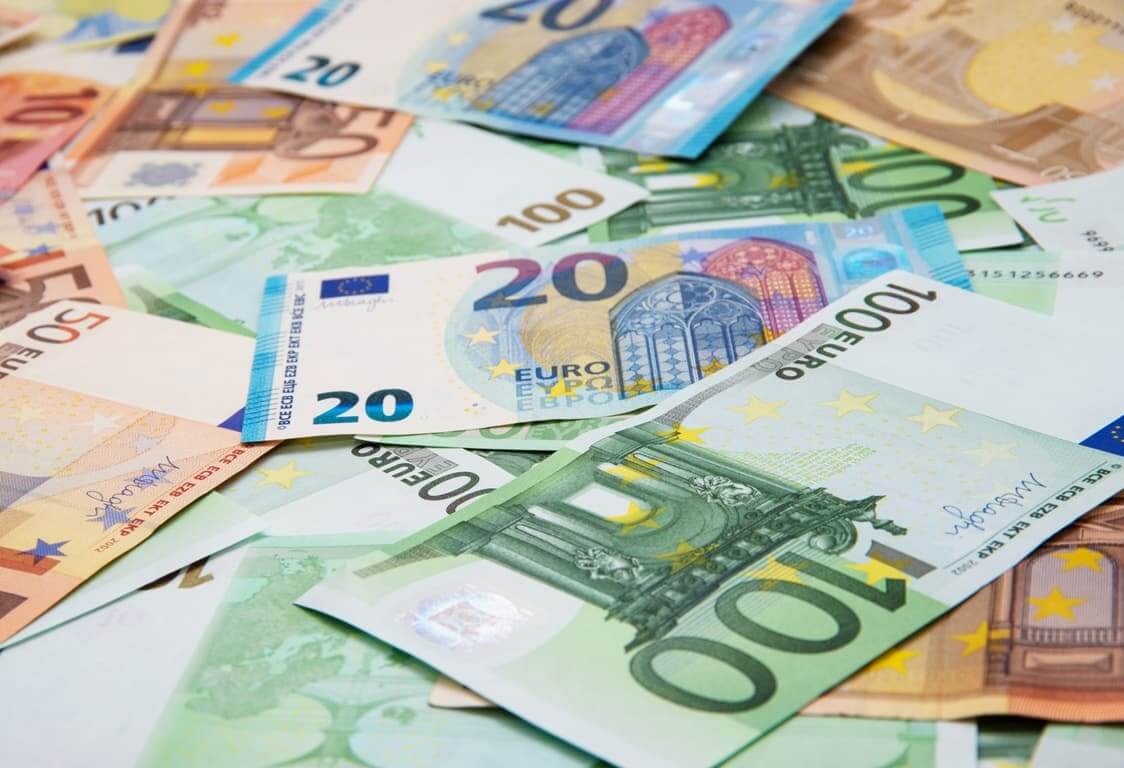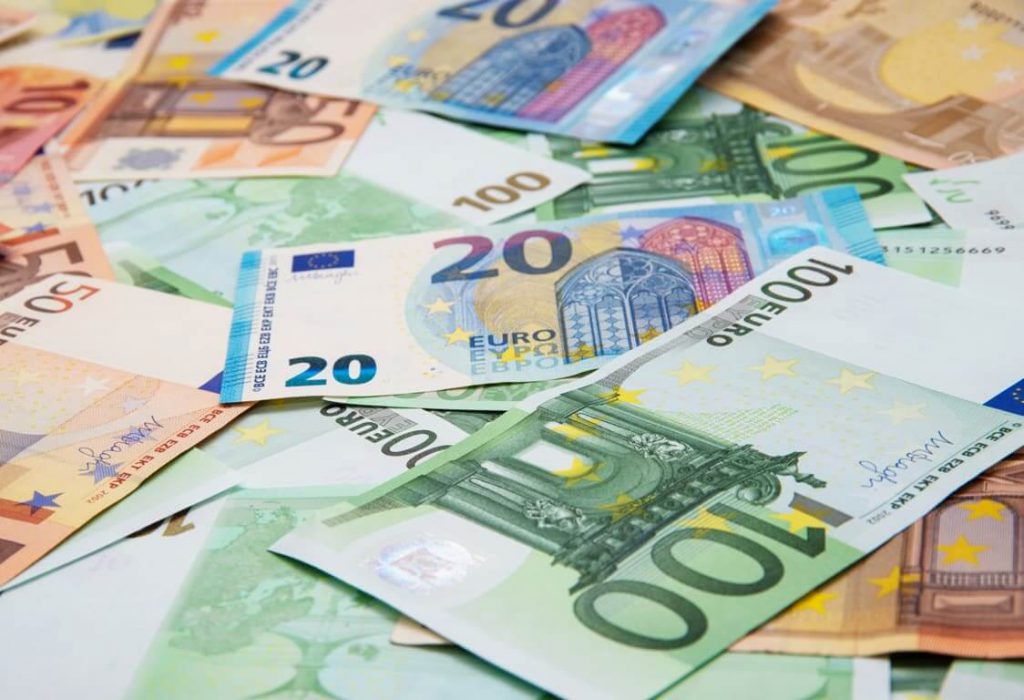
Euro rallied Wednesday. What about the dollar and Yen?
The euro surged forward today, adding as much as 0.3% while investors waited for euro area inflation data. The common currency climbed up by 0.2% to $1.0348 at last. It rebounded from a one-week low earlier in the session, hitting $1.0319. The euro also gained 0.1% to 86.46 versus the British Pound. The Sterling traded flat at $1.1962.
On the other hand, the greenback plummeted from a one-week high on Wednesday. Federal Reserve Chair Jerome Powell is due to speak later today. However, news about a possible loosening of China’s coronavirus restrictions bolstered the markets while simultaneously setting the safe-haven dollar on course for its biggest monthly loss in more than 20 years.
In Europe, economists expect the consumer inflation report to show a 10.4% jump in November. That would be good news compared to October’s final reading of 10.6%. European Central Bank’s target rate is five times lower. Nonetheless, markets would welcome any sign that inflation is decreasing after nearly two years of a continuous surge.
Inflation lowered in a number of major German states and in Spain. After such a report, European assets climbed up in Tuesday’s session. CMC Markets chief markets strategist Michael Hewson noted that the traders’ main focus remains on today’s CPI report from the EU. It could hint whether the ECB goes for 50 basis points or 75 bps when it meets in two weeks. Hewson also added that more and more evidence indicates that markets might be getting close to peak inflation. The direction of commodity prices during the past few months is just another sign.
How is the U.S. dollar trading today?
The U.S. dollar index plunged by 0.22% to 106.64 against the basket of six major currencies, dropping from an overnight peak of 106.90. The greenback has shaved off approximately 4.3% this month, suffering its biggest one-month fall since June 2010. Traders have bet that inflation has peaked, expecting the Federal Reserve to announce a softer stance on its monetary policy soon.
Powell will deliver a speech on the labor market and the economic outlook. In addition, the government will release private-sector employment data for this month at 1315 GMT. According to surveys, 63.5% of investors think the agency will hike interest rates by just half a point on December 14, while 36.5% expect another 75-basis point hike.
On Monday, New York Fed President John Williams announced that the central bank needs to continue its rate increases. At the same time, St. Louis Fed President James Bullard stated that policy tightening isn’t over yet. Considering these comments, Bart Wakabayashi, the branch manager at State Street in Tokyo, thinks that the Federal Reserve is not happy with where employment and inflation are currently. Thus, it will likely choose a hawkish policy for now.
The greenback gained 0.1% versus the Japanese yen to 138.75 yen on Wednesday. The USD/JPY pair firmed after recovering from a three-month low of 137.50 hit on Monday.
What about the Chinese Yuan and EM currencies?
In Asia, new Chinese data about manufacturing was weaker than analysts expected. Beijing’s zero-COVID policies heavily weigh on the country’s economic activity. Despite that, the offshore yuan soared against the U.S. dollar, adding 0.1% to 7.1483.
On Tuesday, Chinese health officials stated that they would speed up coronavirus vaccinations for the elderly. The authorities are trying to stop the virus spread, hoping to ease unpopular COVID restrictions, which have caused protests in several cities in recent days.
Kim Mundy, the strategist at the Commonwealth Bank of Australia, noted that it seems the country is preparing to move from zero‑COVID to living with coronavirus.
In the Emerging markets, the Singapore dollar, the Malaysian ringgit, the South Korean won, and the Thai baht gained between 3% and 7% in November.
The Indian rupee also jumped in November. It seemed set for its first monthly gain this year. The currency ended its longest losing streak in almost four decades as the oil prices declined and the dollar index dropped from its historic peak.
Overall, the rupee soared by 1.6% to 81.4225 per greenback this month. Gaura Sen Gupta, the India economist at IDFC First Bank, noted that the reason for the currency’s gain is likely the fact that during the USD-strength period, the rupee decreased to a lesser extent compared to other EM currencies.


